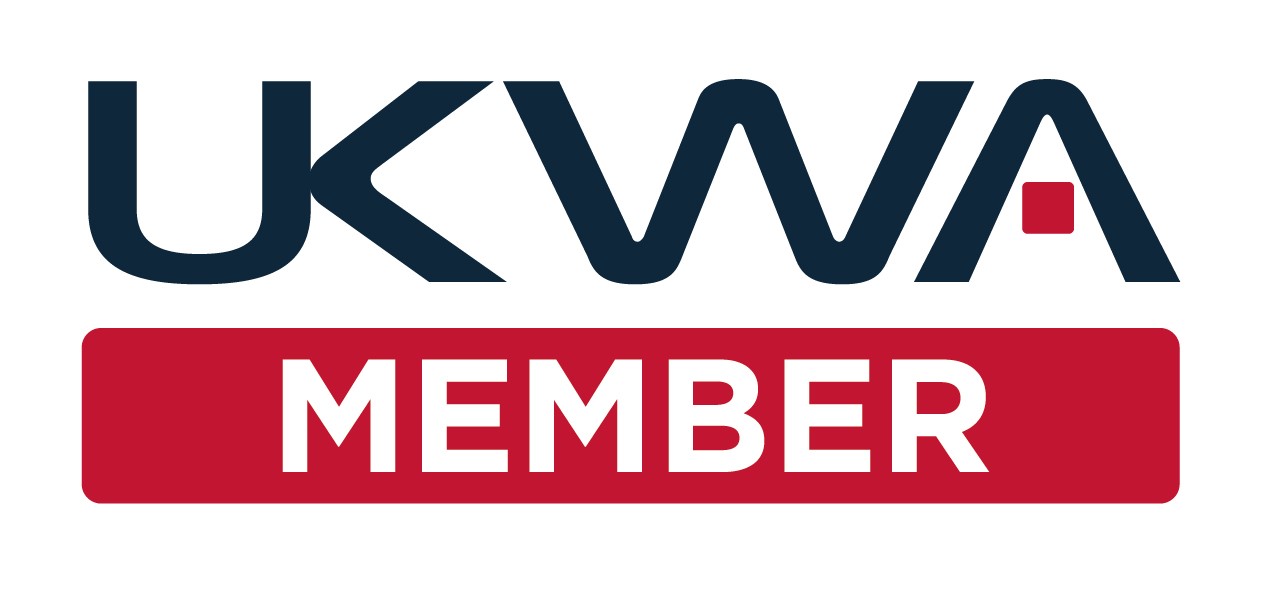Supply Chain Software Integration: Five Key Steps
Supply Chain Software Integration: Five Key Steps
Supply Chain Software Integration – Five Key Steps
 Businesses across the supply chain understand the value of integrating various applications to enable a seamless and increasingly automated flow of information between their own systems and those operated by partners and stakeholders.
Businesses across the supply chain understand the value of integrating various applications to enable a seamless and increasingly automated flow of information between their own systems and those operated by partners and stakeholders.
Integrating warehouse management software (WMS) with other business applications such as enterprise resource planning (ERP), customer relationship management (CRM), or load planning, fulfilment, sales, accounting, and eCommerce platforms can improve efficiency and productivity, support innovation, and strengthen business and customer relationships.
Few businesses run these applications in isolation and many already collaborate and share information. But with many applications having been developed using proprietary coding and data formats, integration is no trivial matter.
Often when application providers talk about the integration capabilities of their products, they mean that they can produce data to industry “standards” or have APIs and other tools which simplify the required interconnectivity. But the reality is that integration involves much more than simply providing a connection to other systems. It involves various technical and organisational challenges that must be addressed carefully.
Software Integration Challenges – top five
Data Quality and Consistency
All WMS rely on accurate and timely data from various sources, such as inventory, orders, shipments, invoices, and customer feedback. However, separate business applications may have different data formats, standards, and definitions, which can lead to data inconsistency and errors. For example, a product may have different names, codes, or attributes in other systems, or a customer may have different addresses or contact details in their own databases. To ensure data quality and consistency, integration requires data mapping and cleansing but this can be time-consuming and complex.
System Compatibility and Interoperability
A high level of compatibility and interoperability between different systems and platforms is essential. In practice, the systems should be able to communicate and exchange data seamlessly, without any technical glitches or disruptions. However, separate systems are likely to have different architectures, protocols, interfaces, and security requirements, which can pose challenges for integration. For example, a traditional WMS may use an on-premises server while its online equivalent will run on a cloud-based platform.
An ERP might also use an on-premises server while a CRM could be using an application programming interface (API). To ensure system compatibility and interoperability, integration requires a careful selection and configuration of the tools and methods, such as middleware, connectors, adapters, or custom code.
Applications are evolving and adding new features all the time, often creating overlap with other systems. Deciding which features to use from each system may be important. In some cases, the extended capabilities of one application might even make a whole other system redundant.
Business Alignment and Coordination
Strong alignment and coordination is needed between different business units and stakeholders, such as warehouse managers, IT staff, vendors, suppliers, customers, and executives. This means the business goals, expectations, and requirements of each party should be clearly defined and communicated, and their roles and responsibilities should be assigned and monitored. However, each party can have different priorities, preferences, or perspectives, which can lead to conflicts or misunderstandings. For example, a warehouse manager may want to optimise the warehouse layout and workflow, while an IT specialist may want to minimise system complexity and maintenance, or a vendor may want to reduce the inventory costs, while a customer may want to increase the delivery speed.
To ensure business alignment and coordination, integration requires a comprehensive project management and change management process, which can involve stakeholder analysis, risk assessment, communication plan, training plan, and feedback mechanism.
Cost and Resource Management
Careful management of the cost and resource implications of the integration project is critical. This means that the budget, timeline, and scope of the project should be realistically estimated and controlled, and the human, technical, and financial resources should be efficiently allocated and utilised. However, different factors may affect the cost and resource management, such as the complexity and scale of the integration, the availability and quality of the data, the compatibility and interoperability of the systems, the alignment and coordination of the parties, and the potential risks and issues that may arise during the project. Integration can incur high coding costs, depending on the level of connection and customisation required.
Ensuring cost and resource management requires rigorous planning and monitoring, which can involve cost-benefit analysis, project schedule, resource plan, quality assurance, and performance evaluation.
Security and compliance
A high level of security and compliance is vital. Data and systems should be protected from unauthorised access, modification, or disclosure, and the integration should comply with the relevant laws, regulations, and standards, such as data privacy, data security, data governance, and data quality. However, different challenges may arise for security and compliance, such as the diversity and complexity of the data sources, the vulnerability and variability of the system platforms, the multiplicity and variability of the integration tools and methods, and the ambiguity and variability of the legal and regulatory frameworks. For example, WMS integration may involve sensitive or confidential data, such as customer information, financial transactions, or trade secrets, which may require encryption, authentication, or authorisation.
To ensure security and compliance, the integration should have a robust security and compliance policy and process, which can involve data classification, data encryption, data backup, data audit, data quality control, and data breach response.
Integrating a WMS with other business applications
Success can bring significant benefits such as improved operational efficiency, enhanced customer satisfaction, increased competitive advantage, and reduced operational costs. It may well be worth investing in an integration project and many WMS suppliers have the expertise and experience to do this and achieve highly successful outcomes.
Previous Article
WMS: Lessons from the Covid YearsNext Article
The Growth of Reverse LogisticsWe'll assume you're OK with this, but you can opt-out if you wish.Accept Reject Read More






